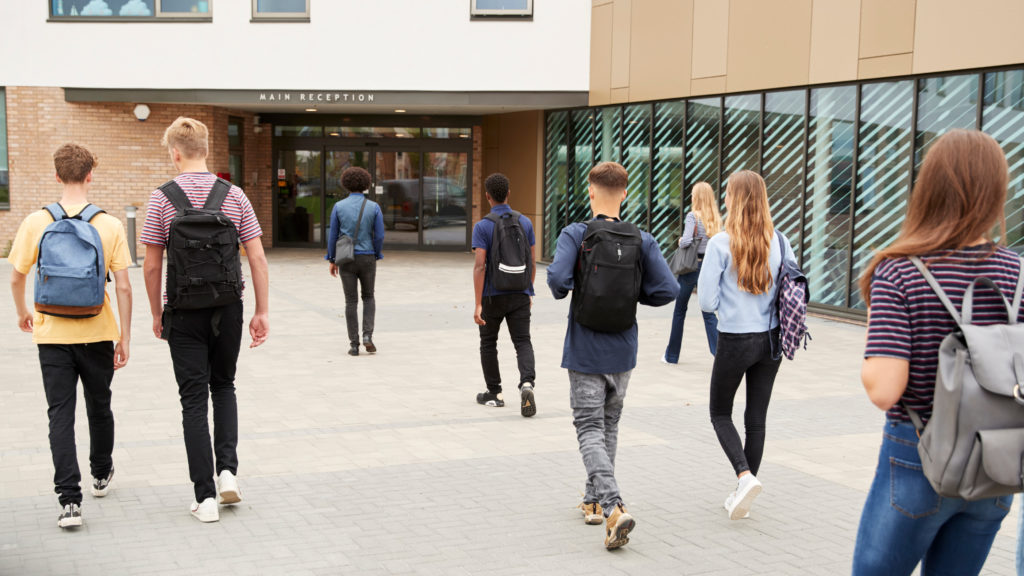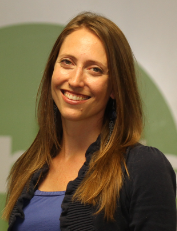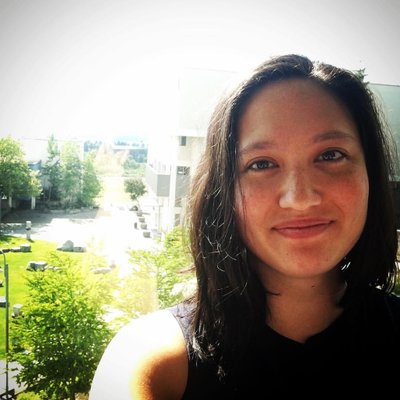Last spring, national student surveys told us that students wanted to weigh in on how remote learning works but weren’t given many opportunities. And they told us that students had heightened anxiety and depression and less motivation.
While districts have focused on executing remote learning and keeping in-person learners safe this fall, what opportunities have they given students to influence this process? And could providing students more opportunity to shape their learning experience help them manage remote learning and increase engagement?
CRPE sought examples of districts providing outlets for students to provide feedback, and students taking advocacy into their own hands. Our latest urban district data review finds that a handful of districts say they are seeking student input on their learning experiences.
As one high school junior puts it, in general, students have little opportunity to weigh in on decisions that affect them.
And by all accounts, not much seems to have changed this school year.
According to the Equitable Futures 2020 national youth survey, just one-fourth (27 percent) of student respondents overall reported feeling very clear about their future job or career goals—a significant decline from 2019 (43 percent). The drop was greatest among Black female respondents (22 percentage points lower in 2020 than in 2019) and Hispanic female respondents (18 percentage points lower in 2020 than in 2019).
Similarly, a three-day immersive student experience hosted by the Community Design Project found that moving from in-person to virtual spaces—both for classes and advising—was overwhelming for students and left them feeling unsure about their futures.
And the Youth Truth 2020 online student survey found that 70 percent of students reported obstacles to their virtual learning. Distractions at home and feeling depressed, stressed, and anxious were the most frequently cited obstacles. Black and Latinx students faced a greater “obstacle load” than did other students.
Districts are also beginning to report “a tsunami of F’s” and higher absenteeism in the first academic quarter.
The first step toward addressing this drop in student engagement is to understand what students have to say about their learning experiences. There are bright spots of district-led student engagement efforts that we can learn from.
District efforts focus on elevating student voice and skills
Over the summer Cincinnati Public Schools (CPS) initiated student-driven forums for 7th through 12th graders, focused on the experiences of Black students. The Students Speak Up and Speak Out forums are facilitated by an external moderator. Administrators and public officials listen and answer students’ questions. Students have shared a variety of experiences, from daily ostracizing behaviors of their non-Black peers to policy issues ranging from regulation of hairstyles to student discipline.
In Colorado, Aurora Public Schools’ Empower Community High School is facilitating student-led learning through The Hustle Collective, which gives participating 6th through 12th graders $50 to spend on supplies to learn a skill of their choice. These supplies are shipped directly to the students, who are learning to sing, garden, and broadcast while increasing their participation and engagement in other aspects of their education. One student who is learning to sew hopes to have their own alterations business in the future.
Advocacy offers another medium for student expression
In other parts of the country, students are proactively pushing their districts to make change. In October, 10th through 12th graders in Portland, Maine, pushed for more in-person instruction, arguing that abbreviated school days delivered less content, and that many had practiced safe social distancing practices in their summer jobs. The district committed to increasing in-person days by the end of November, but one week after this announcement, 230 high school students signed a petition to reverse these reopening efforts because of escalating health conditions.
Similarly, students in Austin, Texas, are asking for more remote instruction. At the November school board meeting, 78 percent of students surveyed by the Austin Independent School District want to remain off campus. This puts them at odds with state policies designed to keep schools and businesses open in Texas.
At Washoe County Public Schools in Nevada, students are pushing for the district to give them new learning experiences. In August, students started a petition to reverse the district’s decision to prohibit teachers from addressing the Black Lives Matter movement and calling on the district to update curriculum to address anti-racism. In September, a student started a petition on change.org about the quality of remote learning, stating that “the current distance learning system in place of in-person education is failing us.” By September 18th, the petition had received 3,400 signatures. In both cases, students who filed the petitions met with district officials such as the superintendent and school board.
Student input and empowerment is important during remote learning
Students are asking to share their perspectives and highlight relationships with teachers as a bright spot of remote learning. Systems that provide outlets for student feedback and expression can drive increases in engagement, buy-in, and ultimately, learning.
Students are more likely to show up or log on to classes where they feel seen and heard, which can be harder to ensure during remote learning. Districts that provide opportunities for students to help shape their learning experiences are more likely to keep them engaged. Seeking student input strengthens instructional continuity by helping distanced students stay meaningfully connected with their schools, teachers, and peers around things they care about.
Remote learning has the opportunity to either dampen or amplify student voice. Students are asking to shift power dynamics so they are no longer merely consumers of education, but have real agency over what learning looks like. It is in districts’ interest to embrace this shift too.






